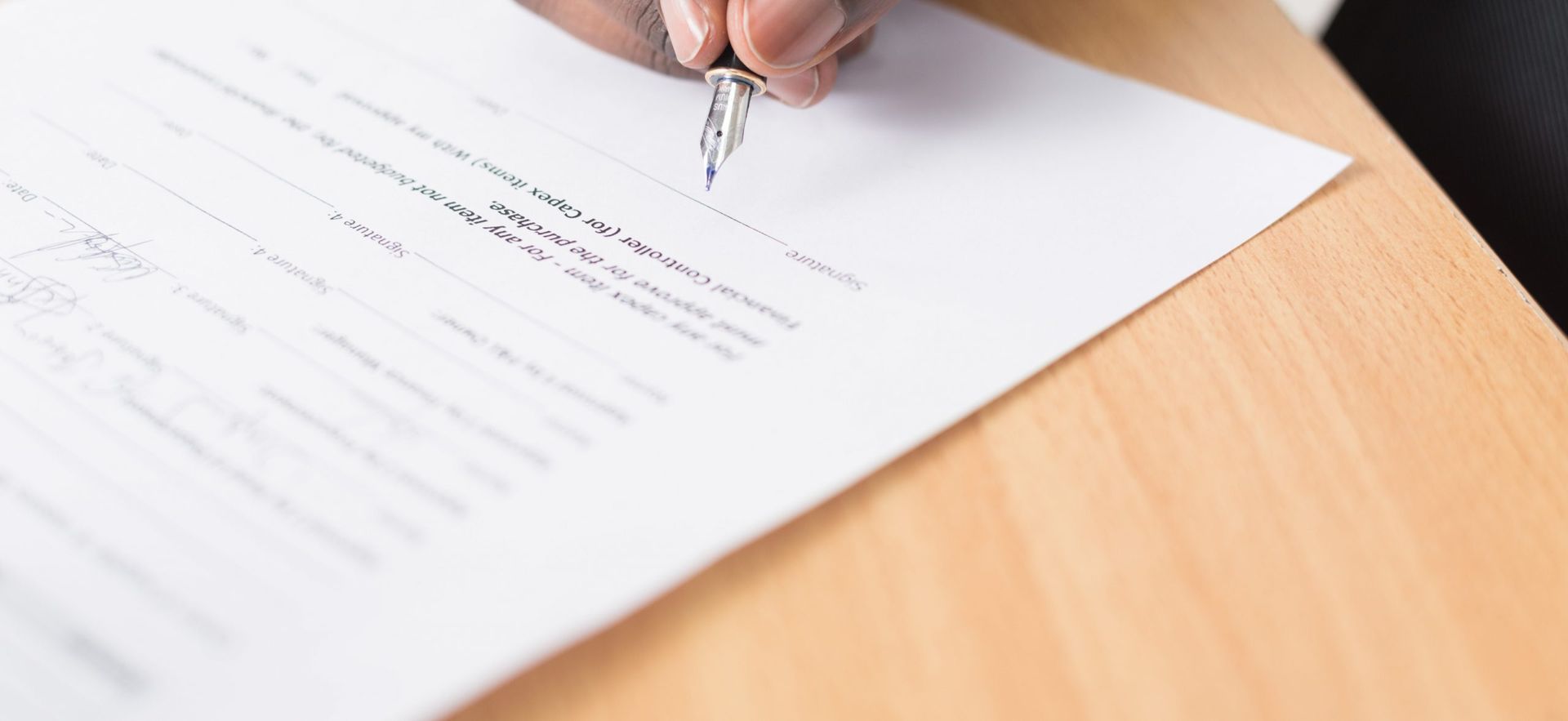Posted in Uncategorized

What to Do When You Get One, and How to Avoid Receiving One in the First Place
(The following is Part Two of a two-part series. For Part One, please click here.)
If you’ve never been on the receiving end of one, consider yourself lucky. If you have, you know how crippling one can seem upon delivery: the dreaded cease and desist letter.
Inventors, entrepreneurs, small business owners, engineers and designers…many are at risk of being accused of infringement on intellectual property rights, be they patents, trademarks or other IP assets. Whether the accusing party’s claim has merit or not, there is considerable potential onus on the recipient of such a letter to state one’s case and defend one’s standing. While this may be the natural course of operations for large enterprises, like automakers and large suppliers—with the attendant and anticipated legal expenditures “baked in” to the cost of doing business—for a small business, such a matter can be crippling at worst…and highly disruptive at best.
How the recipient responds—and when—is critical to mitigating the costs of time, money and heartache that may arise from such a dispute. And, of course, it’s far better to protect yourself from the likelihood of receiving such a letter in the first place!
Avoiding the Cease and Desist in the First Place
The best legal action is the one you can avoid. Few people enjoy getting an attorney involved in their business operations, so if infringement claims can be avoided outright, they should be. But many forego the easy and obvious steps that would forestall such cease and desist claims before they can commence:
Keep your ear to the ground. It can become something of a part-time job, but small businesses with intellectual property assets should be constantly researching what their competitors are doing relative to innovation and IP filings. Follow Google alerts and press releases. Know what IP they might be pursuing, and where it starts to creep into your own IP domain. Share anything you find with counsel, as soon as you find it. Better yet, have IP counsel do the searching, so it doesn’t become your part-time job! To be forewarned is to be forearmed. (You many even discover competitors you weren’t aware of in the process.)
Be proactively strategic in your own filings. Work with an attorney to be very specific and highly strategic with how you word your applications with the Patent Office. The strategic design of such documentation just might be enough to prevent infringement claims from ever arising, if they’re worded carefully enough.
Research twice, design once. Before you even develop, design or name a product or service, do a Patent Office search to find obvious conflicts and identify competitors you weren’t aware of. Get an idea of what’s out there so that you don’t start a project that will be costly to embark on, only to infringe upon someone else’s IP or invite infringement claims down the road. Depending upon what that proactive search reveals, you may be able to design around any conflicts that arise.
Involve the whole team. Be sure to educate the engineering and design teams of what your searches reveal so that they can design around discovered and perceived conflicts. Better yet, have them educate you, as they have their fingers on the pulse of industry innovations, media, press releases, etc., and they might know more about what your competitors are up to than you do. In all likelihood, neither you, nor a judge, nor a jury will be qualified to tell the difference between two similar-looking circuitry diagrams, but your engineers will. Better they do it early on, rather than being called upon to do so in court.
Keep good records. Make certain that your internal communications regarding intellectual property pursuits are accessible and transparent. Should a dispute find its way to court, it will be helpful if you can demonstrate a clear intent to avoid infringement as a general practice and course of business.
In the end, it will be far more in your interest to avoid receiving a cease and desist letter than to defend against one…or even to negotiate your way out of one. In my experience, it is more often the case, however, that entrepreneurs and inventors, in their zeal to take an innovation to market in haste to beat the competition, too often skip some basic preventative measures that would save them greater time, cost and headache down the road.
Whichever path you choose, just know that there are resources to turn to and defenses to be made. And knowing your options is the first step toward optimizing your outcome.
If you’ve already been on the receiving end of a cease and desist letter, please read Part One of this series to learn about actions you can take to respond, and perhaps even come out ahead in the whole ordeal.
If you have any questions relative to your company’s intellectual property opportunities or exposures, or if you have recently received “the dreaded cease and desist letter,” I am open to a no-cost, no-obligation conversation to discuss your options. Contact me to schedule a phone call at [email protected] to get started.
How one responds to a cease and desist letter is critical to mitigating the costs of time, money and heartache that may arise from such a dispute. We address the proper steps to take in part one of our two-part series on the dreaded cease and desist. https://t.co/bIadjxW8Ke pic.twitter.com/vRFH3A5R8Q
— ThePatentBaron (@ThePatentBaron) April 10, 2020
Disclaimer & Notice: The content of this article does not constitute legal advice. The information presented herein is for informational use only. Not responsible for the actions or failures of third parties. Not responsible for any action or inaction based on the content of this article. The content of this article is solely the opinion of the author(s) and may not necessarily be those of Remenick PLLC, its clients or members. Reading this article does not constitute the establishment of an attorney-client relationship. Any communication received will not be confidential unless and until an attorney-client relationship is established by an engagement letter. The content of this article may not be current as of the date of access and may be removed or updated without notice. Consult with legal counsel before undertaking any legal action.


